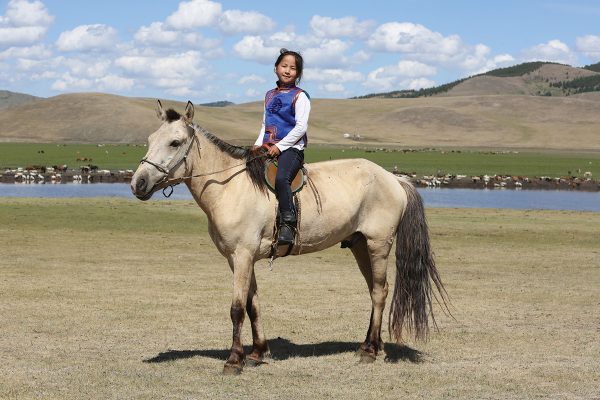
Eight-year-old Michidmaa doesn’t have a smartphone, but this has no meaning on the Mongolian steppe (grassland). In her ears and in her heart, there are the sounds of cows, sheep, goats and horses throughout the day. Together with her parents and siblings, Michidmaa lives in a yurt, a round, transportable hut of wooden lattice and cloth. Cooking, sleeping, eating—the entire family shares one room for living. But most of their time they spend outside. This is the traditional life of Mongolian nomads.
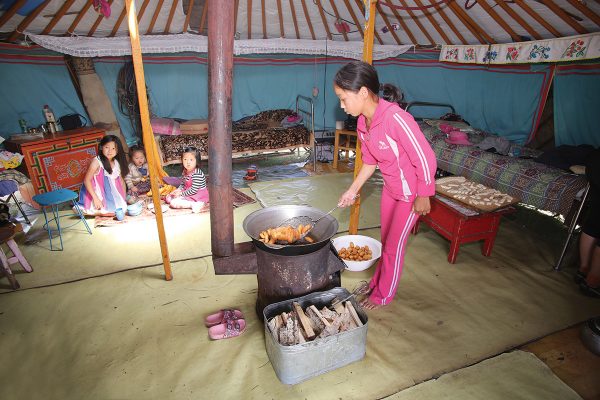
For Michidmaa, this kind of freedom is limited to summer break. Since Mongolian children are required to attend school, Michidmaa and her friends spend most of their time at a boarding school in the small town of Bornuur in northern Mongolia. Since horses are always nearby, it is quite natural for Mongolian children to start walking and riding around the same time. Both boys and girls grow up with horses and become skillful and fearless riders, just like generations of Mongolian nomads before them. These young riders of Mongolia are meant to be on horseback.
Ancient Horse People
The history of the Mongolian people and their horses is thousands of years old. They are thought to be among the first humans who domesticated and rode horses. The most famous Mongol chief was Genghis Khan, who conquered a huge empire with his horseback hordes in the 13th century—unthinkable without their brave, resilient little horses. Few are taller than 14 hands, but despite their small size, Mongolian horses have tremendous power and stamina.
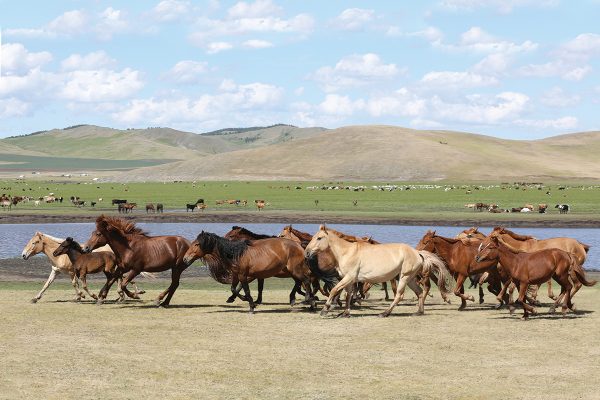
Today they still roam freely on the open steppe and graze on sparse land without getting supplemental feed. This can make them half-wild and sometimes hard to catch. Calling doesn’t help, since the horses don’t have names. Michidmaa’s father usually catches some horses in the early morning with a lariat and ties them up on a highline near the yurt. Now they are available for chores, such as moving and herding livestock.
But horses are not only mounts, they also provide milk, just like sheep, goats and cows. When milking the mares, nomads separate the foals from their mothers for a few hours during the day. In the evening, the mares get milked, but the humans leave enough for the foals, who go back to their dams at night. The milk is fermented to make a traditional drink called airag, but you might have to be Mongolian to enjoy the sour taste!
The Naadam Festival
While the regular Mongolian horse is a work and farm animal, the racehorse has a different status. Bred for speed, the racehorse is more valuable, gets special feed and treatments, and even a meaningful name.
Racehorses prove their quality at the Naadam Festival, the annual meeting of the Mongol nation. Naadam is a festival of three games: archery, wrestling and horse racing. Each provincial capital hosts its own Naadam event prior to the big Naadam Festival in the state’s capital of Ulaanbaatar.
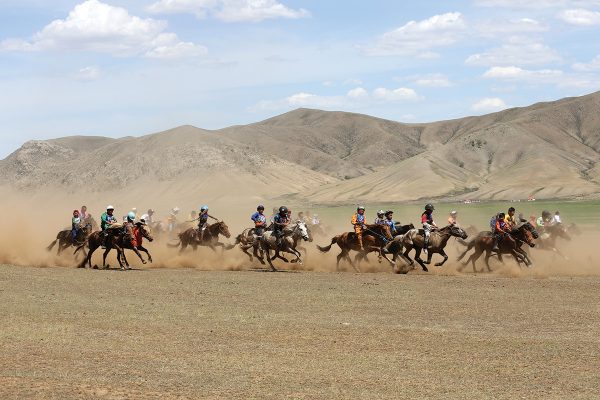
Michidmaa’s family visits the show in Bornuur. Her uncle Amarsaikhan breeds and trains racehorses and has registered some of his horses in the Bornuur races, but he is too heavy to ride them. The jockey is his 11-year-old son Javkhaa, Michidmaa’s cousin.
Like Javkhaa, all young riders in Mongolia’s races are kids from 7 to 12 years old. Since the horses are small, they can only win with a light rider. To be as light as possible, some kids ride bareback and don’t even wear boots.
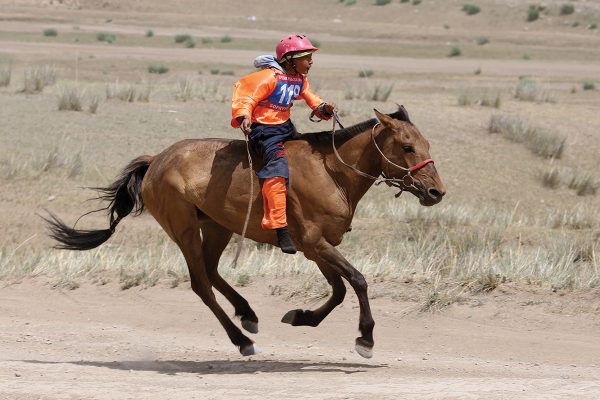
In recent years, safety has been improved by strictly enforcing the minimum age and helmet requirements among jockeys.
Young Riders in Mongolia’s Big Race
In Mongolia’s big race, the track is totally straight, meaning all participating young riders have to ride from the finish to the starting line before the race actually begins.
The horses have incredible stamina and travel to the starting line at a brisk trot or even a canter. With hardly a rest, they turn around and start running full speed.
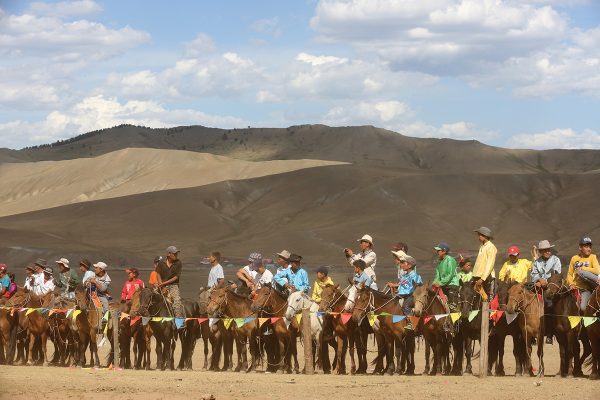
The whole family cheers, and Javkhaa is proud and happy. There is no prize money, but the winner gets a medal, honor and a bowl of airag. Moreover, he is qualified for the great finals in Ulaanbaatar. There is no question that Michidmaa will attend and support her cousin there.The audience, mostly parents and relatives of the riders, await them at the finish line. As soon as the dust cloud appears, they start hollering and hyping up their rider.
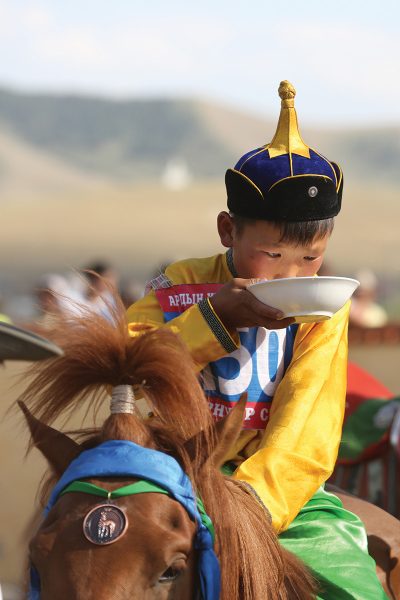
Michidmaa is delighted when she sees Javkhaa approaching, and he crosses the finish line first.The whole family cheers, and Javkhaa is proud and happy. There is no prize money, but the winner gets a medal, honor and a bowl of airag. Moreover, he is qualified for the great finals in Ulaanbaatar. There is no question that Michidmaa will attend and support her cousin there.
This article about young riders in Mongolia appeared in the March 2022 issue of Young Rider magazine. Click here to subscribe!


